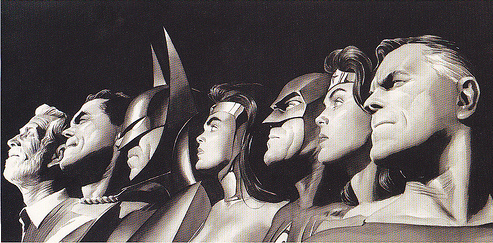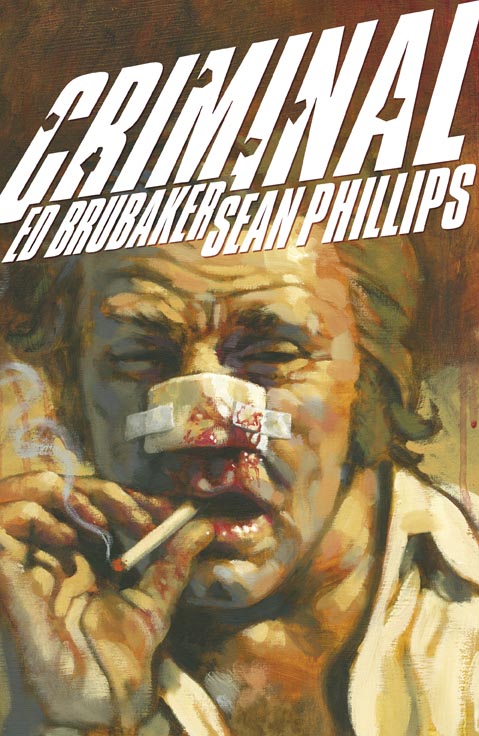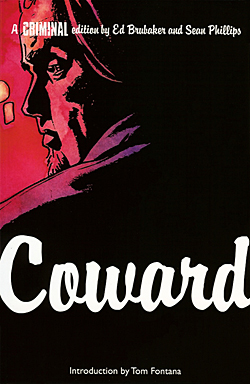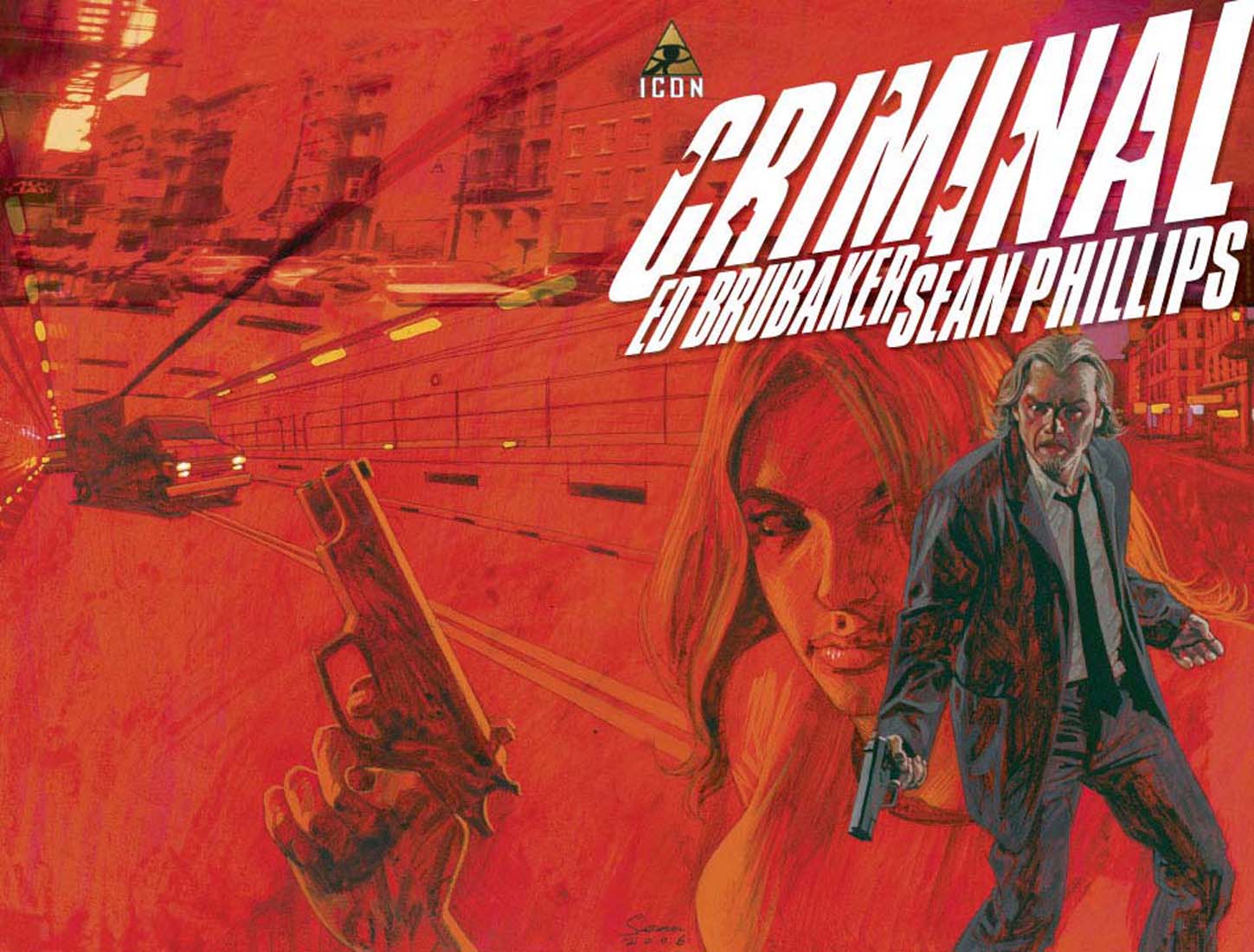
Normal people are boring, even in comics.
For the last seventy years, comic books have been the playground of super-heroes and super-villains. Nearly all of theme wear colorful costumes and wreak havoc on the lives of normal people. There have been some notable titles where “normal” people interact with meta-humans, namely Marvels from Marvel Comics and Kingdom Come from DC Comics. But in our everyday world, when we don’t have costumed heroes and villains to follow, who do we gravitate towards? Celebrities and criminals. It’s been true for hundreds of years. We modern 21st-Century citizens have just perfected the art.
But even among the criminal class, there are different castes. For every famous criminal like Al Capone, Adam Worth, or the historical leaders of the New York mafia, there are dozens of lower-level workers assigned to do the dirty work. They, in effect, punch a time card along with pulling the triggers on unregistered guns. It is these guys—the hoods, the dames, the card sharps—countless writers have described, much to the enjoyment of millions of readers. I’m thinking of Dashiell Hammett, Elmore Leonard, and Richard Stark here, to name but a few. To this list, you can now add Ed Brubaker.
The 1980s saw the introduction of a newfound realism in superhero comics. Chris Claremont morphed the X-Men into a title riff with adult themes while Frank Miller took Batman to his natural endgame. With the colorful ones getting a new spin and new attention being paid to comics as a place to tell complex, serious stories, it was inevitable that crime comics would follow.

In 2007, he and artist Sean Phillips launched a new title, Criminal, that featured multi-issue story arcs. The cast in these tales are the lowlifes, druggies, hookers, just the kind of people you’d never invite home to meet the parents but also the type of people you just can’t seem to avoid staring at in morbid curiosity.

Leo’s gone under the radar in the five years since the Salt Bay heist went belly up. He takes care of his dad’s friend, Ivan, now a heroin addict with early onset Alzheimer’s. But an old friend shows up asking for Leo’s help in a heist. It’s a big payday: an armored car full of trial evidence including $5 million in diamonds. Leo says no way. “I’m out of that line of work.” Then the day nurse (the one looking after Ivan) quits. Greta, whose husband died on that botched Salt Bay job five years ago, shows up, cajoling Leo for help. She’s a recovering addict with a kid who needs some medical bills paid. Like any character in a noir story or a Bruce Springsteen song, he has a choice to make. I don’t have to tell you which way he moves. It’s a crime story, after all. We’re not going to read about a guy who doesn’t choose the dark path.
For all the outlandish things these “normal” people do, the story is rooted in realism both with the language and the artwork. Brubaker pulls from the decades-old lineage of tough guys talking tough. From classic masters like Hammett and Raymond Chandler to modern crafters like Ken Bruen and George Pelecanos, the way the actors in these stories talk goes a long way to creating the veneer of realism. There’s a perverse poetry in street talk spliced with swear words. Brubaker writes out the swear words rather than the traditional comic book practice of substituting symbols for a letters (Think: $*#@ for shit). The language surprised me. If filmed, this would only work as an HBO program, as the language is rife with four-letter words. But that’s how real criminals talk, so no harm, no foul.
Along with talking tough, the way a story looks is just as important to getting a story about thieves and other unsavory types just right. Film noir has this in spades, complete with shadows, stark contrasts to mirror the gray choices the characters often face. The artwork for “Coward” is film noir on paper. As much as I don’t think you can get a true film noir experience with color, Sean Phillips is the exception to my arbitrary rule. He uses shadows and light exactly as directors did in the late 40s, giving “Coward” a visual tone that matches the bleak outlook of its text.

This is a noir story, populated with characters that are definitely not normal by the usual definition of the word. But, in the crime fiction context, these guys and gals are pretty standard. As in many a noir tale, there is a desolation that permeates most of the characters as they question their motivations and move inexorably forward to the conclusion of the story. The plot is tight, and Brubaker plays his cards close to the vest, not revealing the true nature of Leo’s actions and outlook on life until late in the book. The genius of Brubaker is his ability to take tropes of the genre and give them a fresh spin. That he does it in a comic book with a talented artist like Phillips just goes to show that comics ain’t just for kids anymore.
Scott D. Parker is a professional writer who discusses books, music, and history on his own blog, and is a regular columnist for Do Some Damage.

I love this series! Thanks for the post.